The most common way for people to save for retirement is through their 401(k) or 403(b) plan. Most of you reading this know the drill – you meet with the plan advisor one or two times a year. The advisor tells you how your mutual funds have performed and uses software to tell you how much more you need to save to meet your retirement income goals. Then the advisor will ask, “Would you like to make any changes?” By changes, the advisor means “Would you like to reallocate into a different mutual fund or invest more each pay period.” And that is it! You have been advised.
Millions of people have become wealthy on paper using these plans because they consistently and faithfully contributed to them year after year. Most of these plans come with an employer match, and free money is never a bad thing. Do consider if the 401(k) or 403(b) plan is the best place for your money when approaching retirement or separating from the workforce.
A possible strategy is moving your assets out of the employer-sponsored plan before you retire. A common misinterpretation of the rules creates missed opportunities. Many individuals don’t understand the options of making an early move or believe they will face severe tax penalties for doing something before retirement. But a rule written into many employer-sponsored plans allows people who are 59 ½ or older to do a direct rollover of the funds into an IRA. It is called an In-Service Non-Hardship distribution. The funds in the 401(k) can essentially move into an IRA while still permitting you to contribute to your plan to receive the employer match. So why jump through the hoops?
All 401(k) and 403(b) plans are required to have at least ten investment options. The options consist of stocks, bonds, and cash, usually in the form of mutual funds or target-dated funds. An IRA’s investment options, on the other hand, are unlimited. You can own individual stocks and Exchange Traded Funds (ETF’s), and your assets can be managed by yourself or a fiduciary. Average return, net of fees and expenses, is a crucial component to retirement success. Many of the costs are hidden inside transaction fees, and having a professional pay attention to the details is essential.
Not every 401(k) or 403(b) plan allows for Roth conversions. IRAs have no such limitations. As we approach the sunset of the current tax code on December 31, 2025, many tax planning opportunities exist for Roth conversions at discounted rates. The sooner your assets are in an IRA, the sooner we can plan on converting a portion of them to Roth accounts.
You likely are not locked into that 401(k) plan until you retire. You may be able to move your assets into an IRA account managed by yourself or by a fiduciary that you trust. Doing this at 59 ½ or older, when possible, provides effective tax-planning options and, ultimately, the future of your retirement assets.
Joseph A. Clark is a Certified Financial Planner and Managing Partner of The Financial Enhancement Group and an SEC Registered Investment Advisor. Contact Joe at yourlifeafterwork.com or 800-928-4001. Securities are offered through World Equity Group, Inc. Member FINRA/SIPC. Advisory services can be provided by the Financial Enhancement Group (FEG) or World Equity Group. FEG and World Equity Group are separately owned and operated.



